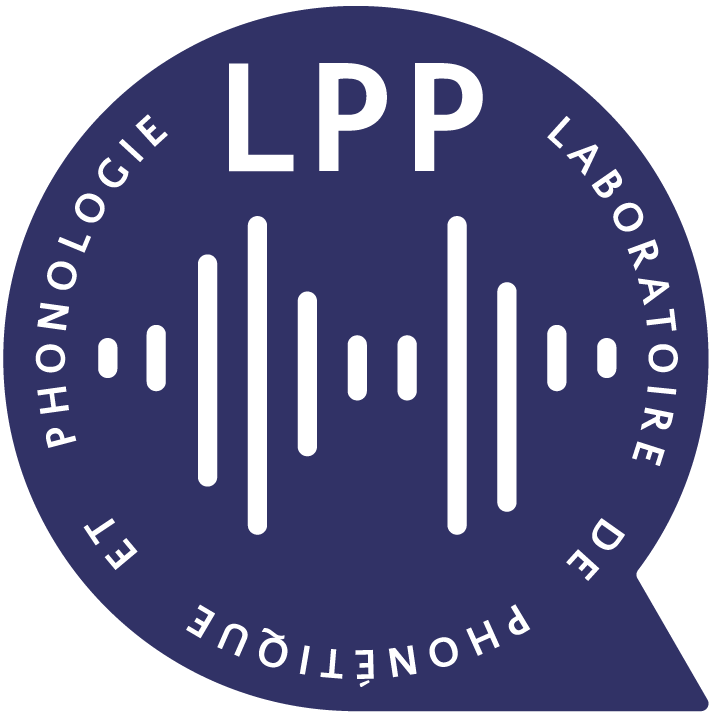It is often claimed that consonant strengthening is a rarer phenomenon in sound change than consonant weakening. Here, this generalization is tested in a sample of 150 languages from 98 families. Synchronic allophonic processes of consonant strength change — operationalized here as processes in which the degree of oral constriction of a consonant is increased or decreased in a non-consonantal environment — were collected from phonological descriptions and analyzed. The generalization that consonant strengthening is rarer than weakening does not hold across all geographical regions and language families. In particular, the regions of South America and Mesoamerica present exceptions to this trend, showing high rates of consonant strengthening both generally and in comparison to rates of weakening. Both regions also show relatively high rates of typologically unusual strengthening processes, including glide strengthening in nasalized vowel environments and buccalization of glottal consonants. Here I detail the specific patterns observed and discuss possible motivating factors behind this typological feature of South American and Mesoamerican phonology.
Consonant strengthening in South America and Mesoamerica
Shelece Easterday (DDL, CNRS/Lyon 2)


